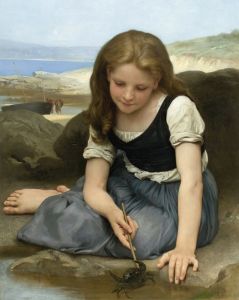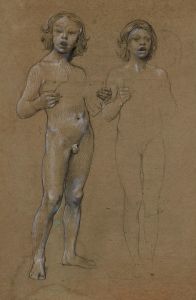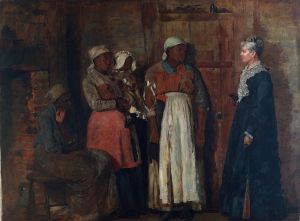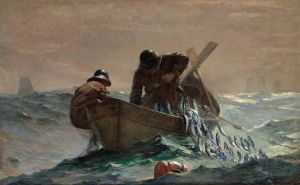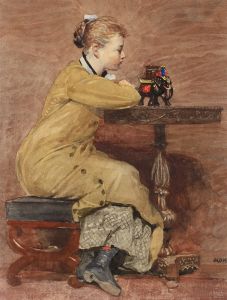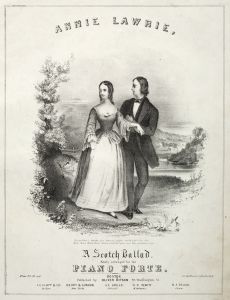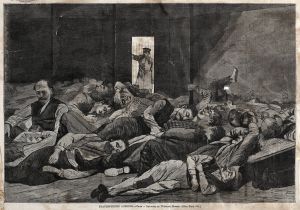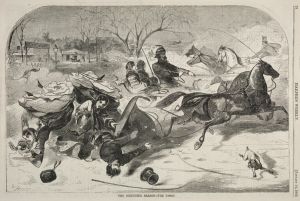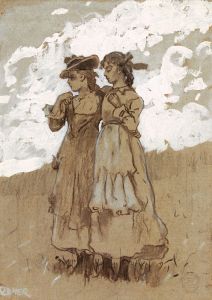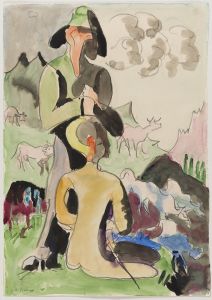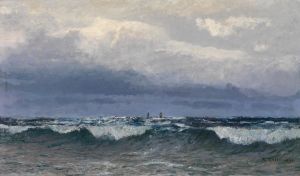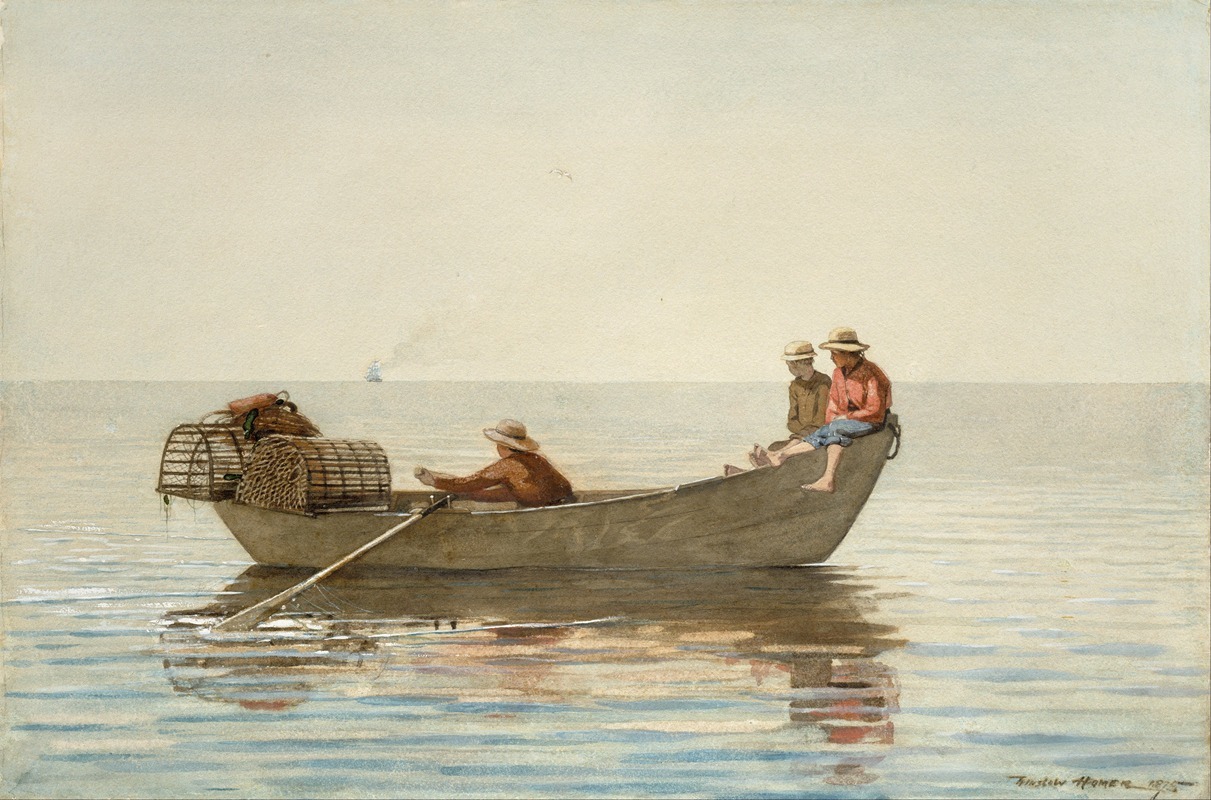
Three Boys in a Dory with Lobster Pots
A hand-painted replica of Winslow Homer’s masterpiece Three Boys in a Dory with Lobster Pots, meticulously crafted by professional artists to capture the true essence of the original. Each piece is created with museum-quality canvas and rare mineral pigments, carefully painted by experienced artists with delicate brushstrokes and rich, layered colors to perfectly recreate the texture of the original artwork. Unlike machine-printed reproductions, this hand-painted version brings the painting to life, infused with the artist’s emotions and skill in every stroke. Whether for personal collection or home decoration, it instantly elevates the artistic atmosphere of any space.
"Three Boys in a Dory with Lobster Pots" is a watercolor painting created by the American artist Winslow Homer in 1875. Homer, widely regarded as one of the foremost painters in 19th-century American art, is known for his depictions of marine scenes, rural life, and the natural world. This particular work exemplifies his skill in capturing the interplay of light, water, and human activity.
The painting portrays three boys in a small dory, a type of flat-bottomed boat, engaged in the task of handling lobster pots. The scene is set on calm waters, with the figures and their actions rendered in a naturalistic style. Homer's use of watercolor in this piece demonstrates his mastery of the medium, particularly in the way he conveys the transparency and movement of water. The composition is balanced, with the boys and their boat positioned centrally, drawing the viewer's attention to their activity while also emphasizing the surrounding environment.
"Three Boys in a Dory with Lobster Pots" reflects Homer's interest in everyday life and labor, themes that recur throughout his body of work. During the 1870s, Homer spent time in Gloucester, Massachusetts, a fishing community that provided inspiration for many of his marine-themed paintings. This setting likely influenced the subject matter of this piece, as lobster fishing was a common occupation in coastal New England.
The painting is part of a series of watercolors Homer created during this period, which marked a significant phase in his career. By the mid-1870s, he had begun to focus more on watercolors, a medium that allowed him to work quickly and capture the immediacy of his surroundings. These works were well-received and helped establish his reputation as a master watercolorist.
Today, "Three Boys in a Dory with Lobster Pots" is recognized as an example of Homer's ability to depict the harmony between humans and nature. The painting is held in the collection of the Art Institute of Chicago, where it continues to be appreciated for its artistic and historical significance.





